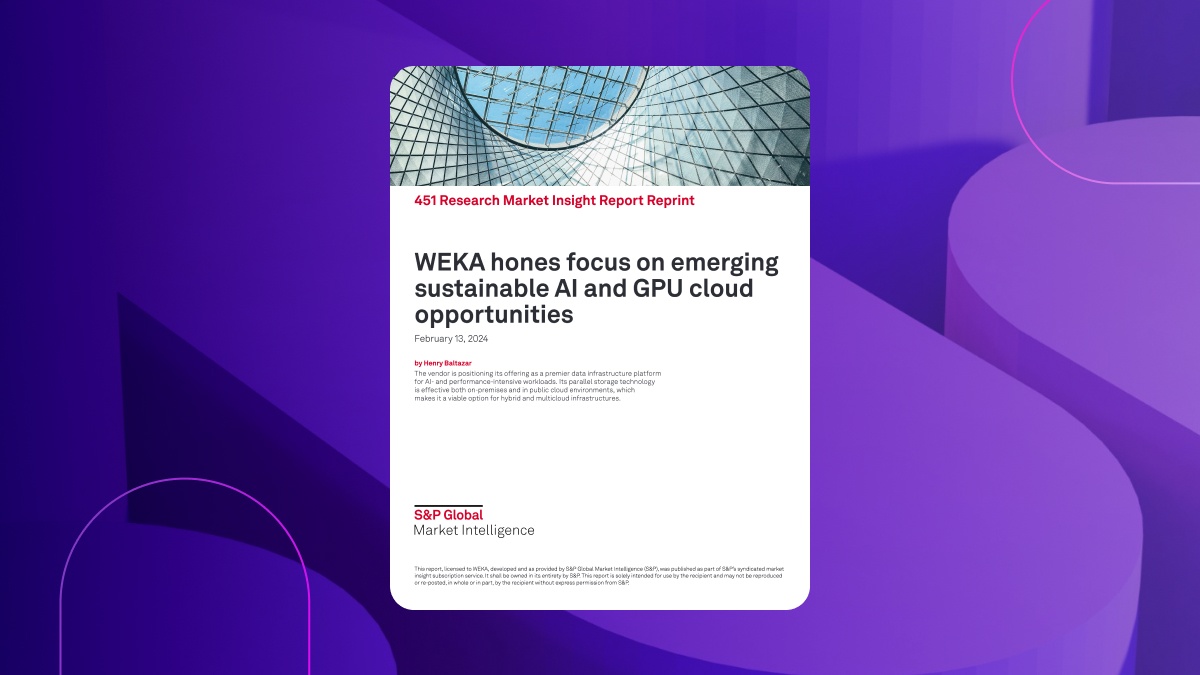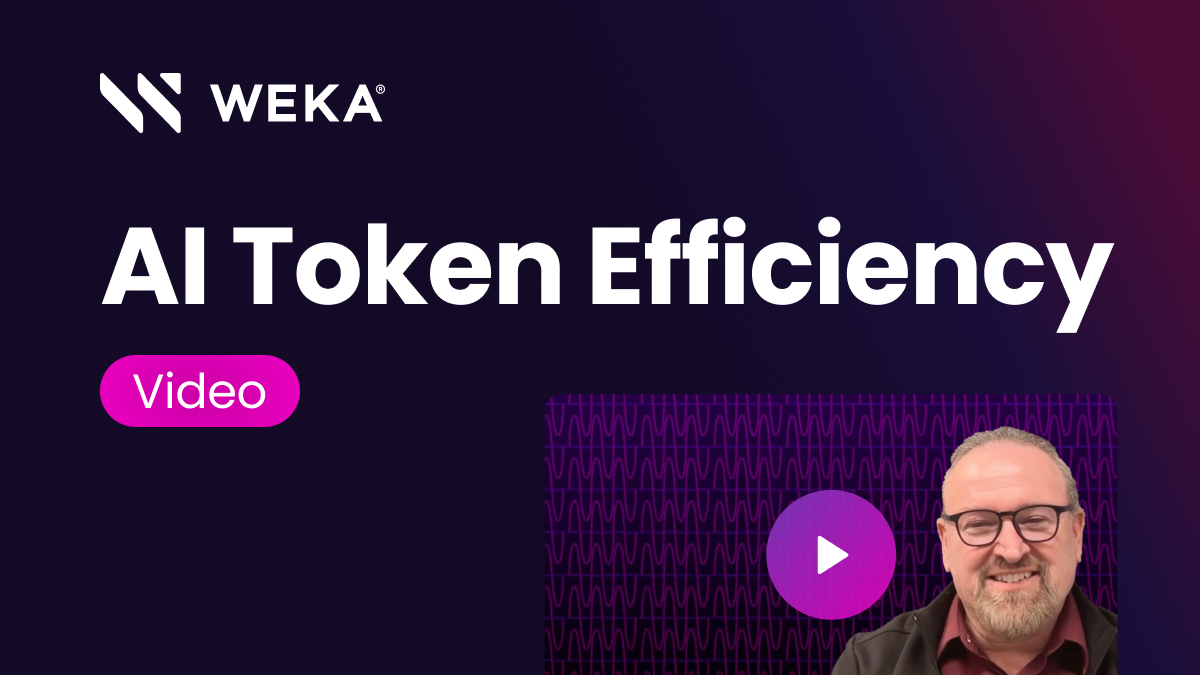NVIDIA NIM: How it Works and More
What is NVIDIA NIM?
What does NVIDIA NIM stand for? NVIDIA NIM stands for NVIDIA Networking Infrastructure Management.
What is NVIDIA NIMs? It is a tool designed for managing and monitoring high performance networking infrastructure. NVIDIA NIM is specifically geared toward data centers that deploy NVIDIA NIM performance networking products such as Mellanox InfiniBand and Ethernet solutions.
NIMs NVIDIA features include:
- Real-time monitoring and tracking of network device performance and health
- Topology visualization, including a display of the network’s logical and physical layout
- Configuration management that simplifies network device setup and maintenance
- Network issue detection, diagnosis, and resolution
- Optimization tools that ensure efficient operation of the high-speed networking hardware
NVIDIA NIMs is primarily aimed at large-scale deployments where high-speed, low-latency networking is critical, such as AI/ML workloads, high performance computing (HPC), and enterprise data centers.
What is NVIDIA NIM microservices? NVIDIA NIM microservices refers to the modular, microservices-based architecture within the platform. This design approach breaks down the platform’s functionality into a set of easy to use microservices that are smaller and independently deployable—a more flexible, scalable, and efficient strategy for managing high performance networking systems.
The suite is pre-built and containerized to streamline and accelerate the deployment of AI models across various infrastructures, including cloud environments, data centers, and workstations. NVIDIA NIM microservices facilitate the rapid integration of AI capabilities into applications by providing standardized NVIDIA APIs for tasks such as language processing, speech recognition, and image analysis.
NVIDIA NIM Architecture Explained
What is NVIDIA NIMs architecture and how does it work? Here is a look at the basic architecture and components of NVIDIA NIM explained:
Container images are packaged per model or model family. Each one is its own docker container with a model.
NVIDIA NIM containers include a runtime that is compatible with any NVIDIA GPU with enough memory, although they are optimized for certain model/GPU combinations. If available, it will access a local filesystem cache as it downloads the model automatically.
Each container is built from a common base, so once a user has downloaded a single NVIDIA NIM, downloading additional NIMs goes very fast.
NVIDIA NIM containers include all necessary software, including industry-standard NVIDIA APIs, domain-specific optimizations, and inference engines. The inference engines are optimized to deliver the best performance from different hardware setups.
NVIDIA NIM APIs and microservices provide easy access to AI models and manage communication between the components within the NVIDIA NIMs framework. And each container’s deployment infrastructure supports various environments, including cloud, on-premise, and hybrid setups.
Core functionalities such as configuration, monitoring, and troubleshooting are implemented as independent microservices. Each microservice performs a specific task and communicates with others via lightweight protocols, such as RESTful APIs or gRPC.
A central data repository in each NVIDIA NIM container stores configuration data, performance metrics, logs, and device inventory. NVIDIA NIMs are often implemented using distributed databases that scale easily to handle large datasets in massive networking environments.
The NVIDIA NIM API gateway serves as a unified communications interface between the microservices and external tools or users and enables seamless integration with third-party tools, automation frameworks, and user-created scripts.
NVIDIA NIM Deployment
How is deployment of NVIDIA NIMs explained in simple terms? Deployment involves setting up its core components, configuring the environment, and integrating them into the existing networking infrastructure. NIMs is typically deployed in data centers or cloud environments.
There are several steps to deploy NVIDIA NIM:
- Select the optimal AI model.
- Download the corresponding NVIDIA NIM container image to the deployment environment.
- NVIDIA NIM deploys on the chosen infrastructure with a single command. Either a Kubernetes manifest or command-line tool can be used for deployment.
NVIDIA NIM Blueprints
What are NVIDIA NIM Blueprints and how do they work? NVIDIA NIM Blueprints are a catalog of pretrained, customizable reference AI workflows for typical use cases involving generative AI such as retrieval-augmented generation (RAG), customer service avatars, and drug discovery virtual screening.
Enterprises can use a NVIDIA NIM Blueprint along with NVIDIA NIM microservices and libraries to build custom AI applications. Blueprints also include customization documentation, reference code, partner microservices, and a Helm chart.
NVIDIA NIM Supported GPUs
Which GPUs do NVIDIA NIMs support and how much memory do they require? NVIDIA NIM models will run on any NVIDIA GPU with enough memory, or multiple GPUs with sufficient aggregate memory. NVIDIA H100 and A100 GPUs must have 80GB, while NVIDIA L40S GPUs must have 48GB and NVIDIA A10G must have 24GB.
NVIDIA NIM Pricing
How much does it cost to use NVIDIA NIM? NVIDIA NIMs pricing is primarily offered via subscription to the NVIDIA AI Enterprise suite, at a typical cost of about $4,500 annually per GPU. In other words, the price is based on the cost of the NVIDIA AI Enterprise suite for the number of GPUs you are using. There is also a cloud use pricing option that is calculated per-hour, per GPU.
How to Use NVIDIA NIM
What is NIM NVIDIA and how does it work? NVIDIA NIM serves as a bridge between applications and trained AI models throughout the network lifecycle.
NVIDIA NIM detects and inventories NVIDIA networking devices such as network interface cards and switches automatically. It offers detailed information about firmware, device status, network roles, and topology.
NVIDIA NIMs allows users to configure devices one by one or in bulk, and conducts real-time monitoring. It identifies problems such as potential hardware failures or network congestion and provides analytical and remediation tools. Once configured and running, it discovers the network and collects data to identify trends, traffic patterns, and performance issues. It alerts users of problems and provides suggestions for troubleshooting and solutions.
NVIDIA NIM vs NeMo
Both NVIDIA NIM and NVIDIA NeMo are part of NVIDIA’s AI platform. NVIDIA NeMo is a framework for building and customizing generative AI models, while NVIDIA NIM is a collection of microservices designed to deploy inference models across various environments like the cloud or individual devices. NVIDIA NeMo trains AI models, while NIM places them into production and runs them in applications.
NVIDIA NIM vs vLLM
Both NVIDIA NIM and NVIDIA vLLM are used for inference with large language models (LLMs). NIM acts as a higher-level abstraction and selects specific, optimal inference engines (like TensorRT-LLM) automatically based on your system. NVIDIA vLLM is a highly optimized inference engine that offers a more generic approach and can be used as a backend in some cases. In other words, NVIDIA NIM provides a user-friendly interface for selecting the optimal inference method, while vLLM is a specific inference engine available inside that framework.
NVIDIA NIM Use Cases
What are some common NVIDIA NIM example use cases? NVIDIA NIMs can be used for a variety of applications, most often:
- Managing NVIDIA InfiniBand networks for low-latency, high-throughput AI/ML clusters and workloads
- Ensuring reliable operation of large-scale high performance supercomputing infrastructure
- Simplifying operations in environments such as enterprise data centers with hybrid Ethernet and InfiniBand setups
- Scaling network management to meet the dynamic demands of tenants such as cloud and service providers, social media platforms, live-streaming and real-time interactive applications, and ecommerce
- Accelerating high-resolution simulations, such as those used in weather forecasting
WEKA and NVIDIA NIMs
NVIDIA NIM microservices (NIMs) deployments significantly benefit from running on top of the WEKA Data Platform®, which is purpose-built to meet the demands of high-performance AI workloads. WEKA accelerates NIMs pipelines by providing ultrafast, low-latency access to data, addressing traditional storage and I/O bottlenecks that often hinder GPU-driven applications. Its advanced architecture supports direct GPU-to-storage data paths through NVIDIA Magnum IO GPUDirect Storage, bypassing the CPU and reducing data transfer latency, resulting in faster processing and higher throughput.
The WEKA platform efficiently manages large-scale model repositories and vector databases, enabling faster model loading, embedding retrieval, and seamless data flow throughout the pipeline. This ensures that NIMs can operate at peak performance, particularly in complex, high-demand workflows involving large language models (LLMs) and retrieval-augmented generation (RAG) pipelines. By unifying training and inferencing environments, WEKA eliminates the need for siloed infrastructure, streamlining operations and reducing costs.
In addition, WEKA’s cloud-agnostic design allows NIMs to operate consistently across hybrid and multi-cloud environments, offering organizations the flexibility to deploy workloads wherever needed without sacrificing performance. With its ability to optimize resource utilization, reduce latency, and ensure scalability, WEKA empowers NIMs deployments to deliver faster, more efficient AI solutions at scale.





